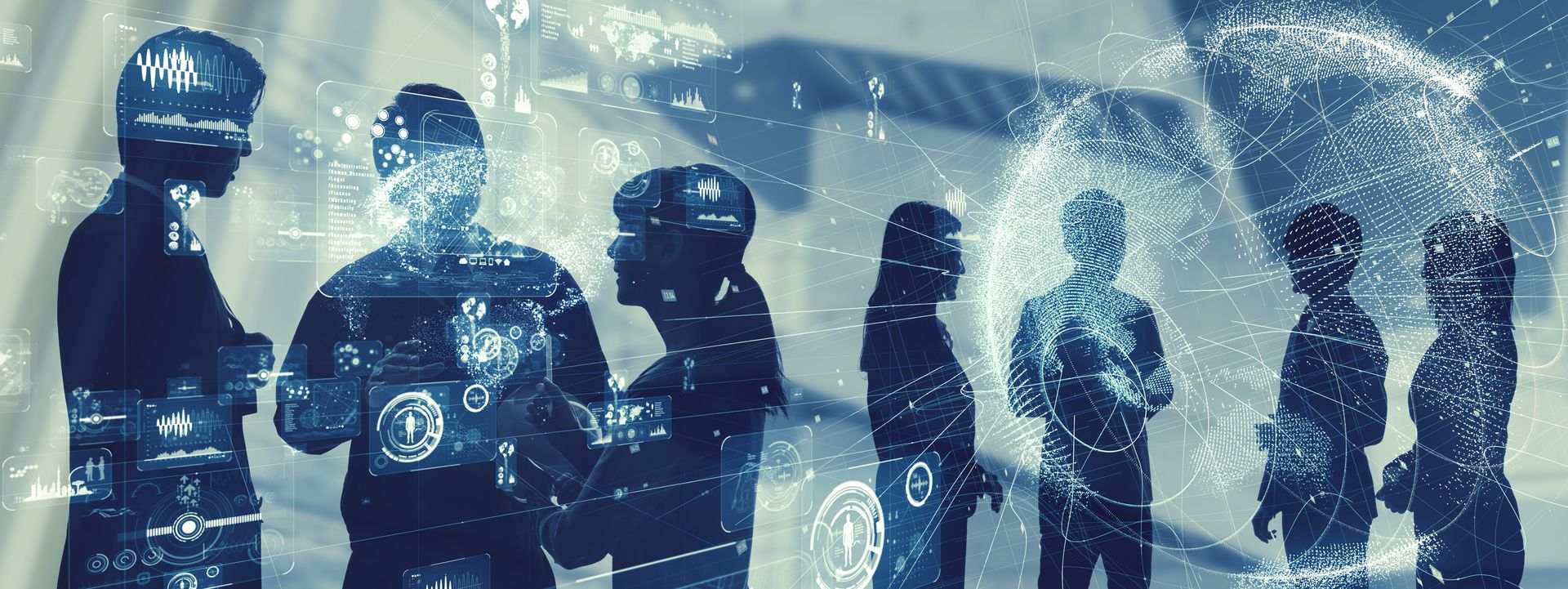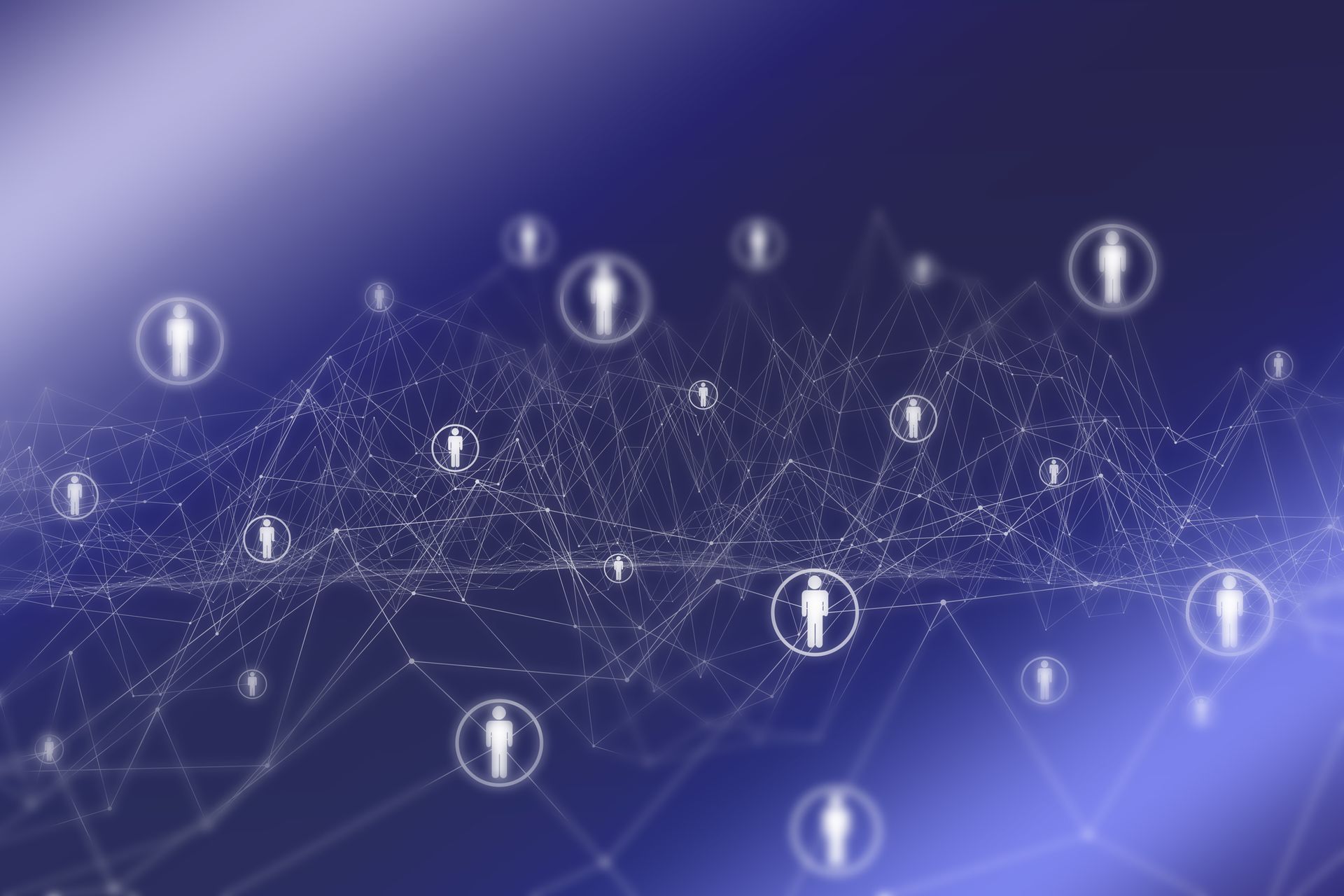Artificial intelligence and human resources collaborate to help save money, enhance planning, and, most significantly, transform companies.
The collaboration between artificial intelligence and human resources increases employee performance and expertise and lowers costs. AI technology in HR aids organizations in gaining a complete understanding of their staff’s behaviors and inclinations. This data may be used to improve employee happiness by enhancing the job experience.
AI is also used to assist human resources professionals in various areas of their profession, from early applicant shortlisting through performance evaluation. Integrating artificial intelligence and human resources management improves organizations’ efficiency and gives them competitive edges.
The great rendezvous: Artificial intelligence and human resources
Artificial intelligence is an important component of human resources management. It can enhance the quality of predictions and reduce expenses by doing things more efficiently, which may transform how your organization functions.
AI is also being used in payroll to check for mistakes and anomalies. This frees up time for the payroll team as well as the rest of the HR staff, allowing more attention to be given to larger-picture initiatives and plans. The more times the payroll cycle is run, the better it becomes as AI learns and fine-tunes the procedure each time.
What does AI bring to the HR’s table?
Instead of relying on preconceived instructions and decision pathways, AI employs machines that have been trained to achieve outcomes by using data rather than prior rules.
AI-based programs or engines are still in the early stages of development. They can grow and mature with more data as they learn. However, AI engines must be trained on appropriate data to be useful. Consider how chatbots have improved in terms of accuracy since their inception. Chatbots that are AI-enabled learn from the questions people ask and then give more accurate results in response.
“Actionable AI” is a phrase that refers to how data may be converted into effective results. It examines hundreds of millions of transactions performed each year to discover patterns. These predictions and personalized recommendations are based on the findings. The underlying concept behind the “See-Sense-Act” framework converts important data indicators into intelligent products and services that continually improve.

What makes AI such a great tool for human resources?
The potential of AI is enormous, and it’s critical to understand its influence. HR departments can utilize the appropriate technology to enhance jobs, minimize expenses, and manually execute activities that are not feasible.
Artificial intelligence and human resources combination aid businesses by taking significant responsibilities, such as employee benefits. AI also relieves some of the computational strain so that you may concentrate on your most important bottom line: people.
According to the Association for Talent Development (ATD), the human resources advantage of AI includes better employee engagement and loyalty. According to a recent study by Gartner, an alarming number of employees are not taking full advantage of their health benefits. AI has what it takes to address these issues for HR.
Employees can make benefits decisions that are more appropriate for their own or family needs by utilizing Actionable AI. An AI-driven HR solution can be used to target employees eligible for a high-deductible health plan (HDHP). It also increases employee engagement and usage by providing information on how and when to appeal to individuals and what information to provide.
AI disrupts HR management
One of the most significant advantages of AI in HR is making real-time decisions based on pre-existing algorithms. This, in turn, leads to automated HR procedures that are enhanced but also amplified, resulting in greater efficiency and better customer experiences.
Talent acquisition
The first introduction to artificial intelligence and human resources management is in many businesses’ recruitment and talent acquisition procedures. Candidate screening, scheduling interviews, and even responding to questions have all been better-accomplished thanks to AI.
The time it takes for businesses to find new employees can be cut dramatically with AI techniques and the time HR would have spent on menial administrative chores like maintaining candidate databases.
Today, artificial intelligence assists talent acquisition efforts, resulting in nearly immediate and significant results for companies. This, in addition to saving that all-too-important time to hire, has led to increased productivity for those recruiting.
The combination of AI and human intelligence can truly improve the candidate experience. The time it takes to complete an application for recruitment processes is one of the most common complaints made by applicants. This form of AI integration can help reduce the time to do things manually and communicate more effectively.
Onboarding
The next stage in the talent acquisition process is to successfully onboard new hires to the business in a way that gets them off on the right foot. Both employee onboarding and a new hire onboarding can be automated by integrating AI into the process.
The integration may be used to cover off elements like new employees’ first day with corporate information and essential starting paperwork completion on their first day. A company’s values and expectations may be displayed on this surface. It can also highlight corporate rules and where to go for shared work areas, team members, and any weekly one-on-one training tasks.
The beneficial aspects of AI onboarding are that it may frequently be tailored to each employee’s needs and position in the company. Making the onboarding procedure more personalized and, as a result, more impactful.

Talent management
HR AI tools that are in the talent management space abound. Talent management is a bolt-on to talent acquisition, and it covers the procedures of retaining high-quality workers, improving their skills, and keeping them motivated to stay with the company.
The concept of AI talent management may use algorithms to predict an employee’s likelihood of leaving based on pay and reward, time in position, performance metrics, and overall attrition levels.
The advantages of this assistance include letting HR and personnel managers be aware of any potential issues before they become serious, allowing for responses to occur before matters get worse.
AI can also help improve in-house training and coaching, an important development in learning and development services. It’s possible to monitor new workers’ working experience and career paths using AI applications and databases in talent management. This aids HR in its development track planning for high potential individuals whose abilities might need additional investment.
HR administration
The Human Resources administration function is notorious for how time-consuming it is. Time-consuming administrative tasks, such as holiday pay, attendance monitoring, performance data, and timesheets management, can all be time-consuming. For example, in the case of holiday pay, employee requests for information are duplicated in the number of times they are responded to.
However, this isn’t where the administration of HR Management ends. Data gathering and reporting, on everything from employee monitoring to salary and pay information and a team and individual performance rankings, are all part of HR Management.
Although jobs involving data gathering are not going away anytime soon, AI promises to reduce the time to complete them. Effective automation may also have a beneficial impact on the time it takes to do these activities.
Learning & development
Both individuals and their careers and organizations in which they participate to benefit from continuous learning and improvement. The difficulty, however, is that skills have a far shorter shelf life than in the past. This is when AI in learning and development can truly provide value, with personalized learning paths enhanced to the learner’s requirements, conversational user interfaces, and analytics for e-learning as some of the key impact areas.
HR L&D professionals are aware that each individual has their preferred learning style, and AI advancements in learning programs are assisting businesses to spend less time assessing these styles and producing courses that fit a wide range of style preferences.
L&D can also benefit from AI-based adaptive learning programs, which modify instruction programs as the student learns. Beneficial value addition to l&d in any size company.

The future for artificial intelligence and human resources
AI will increasingly be linked to HR activities. Employers and employees will both rely on AI in various ways and interact with it daily. This opens up an infinite number of applications for artificial intelligence. HR executives may use AI throughout their company’s whole IT infrastructure.
Artificial Intelligence allows for significant insights into massive quantities of data that were not previously accessible. Human resource executives may now make knowledgeable, equitable, and correct employment selections based on facts rather than instinct.
AI can personalize an employee’s entire benefits experience, from new-hire onboarding to enrolling and using healthcare benefits, optimizing the user journey and providing better results.
AI-powered personalization engines may alter messaging to fit when we know more about our customers, employees, and their needs and goals. As a result, every employee’s experience will be unique.





